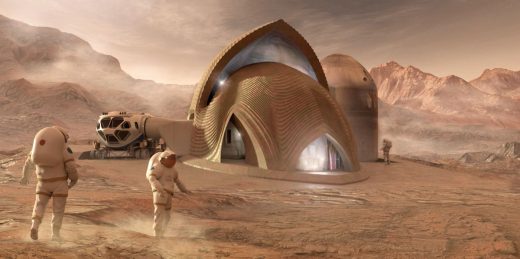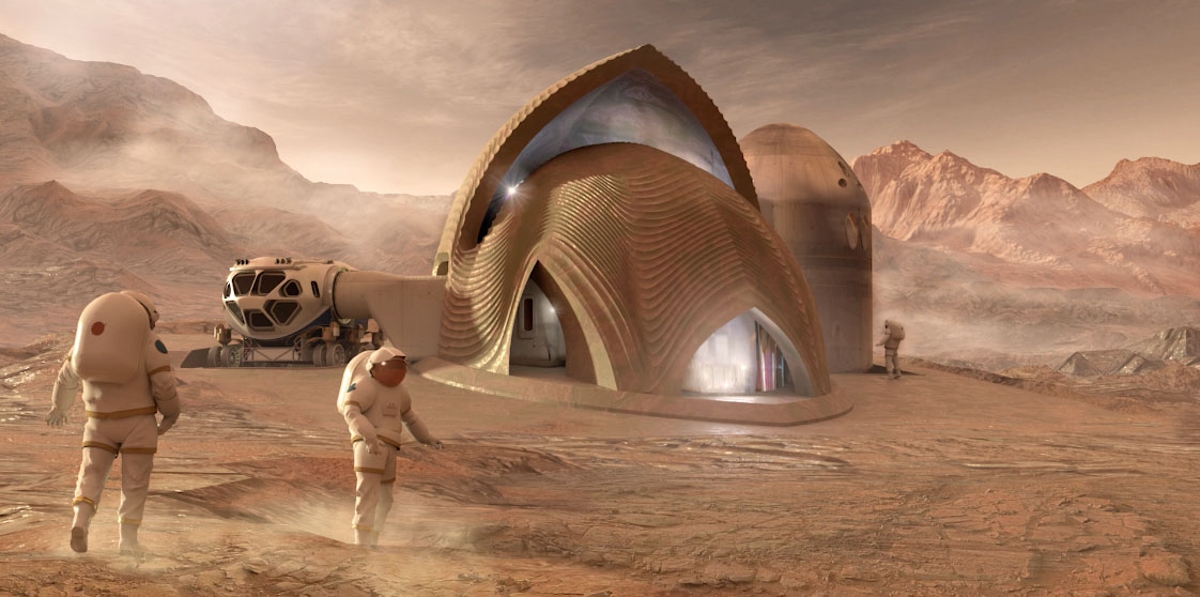NASA contest finalists show off their Mars habitat models
Yes, we’ve yet to successfully send humans to Mars, but we already need to start thinking how we can stay there for long stretches of time — or even for good. NASA launched the 3D-Printed Habitat Challenge back in 2015 to find a suitable artificial housing for the first wave of Martian residents, and now the agency has narrowed the contestants down to five after seeing the realistic virtual models they created. The agency and its project partner, Illinois’ Bradley University, judged 18 teams’ models created using a specialized software.
According to TechCrunch, the software requires various details about the structures creators are designing. In other words, the teams couldn’t just come up with a concept that looks good — they had to make sure their habitats’ wall thickness, heating, pressure sealing and other elements can actually withstand harsh Martian conditions.
The five teams split a $100,000 cash pot earmarked for this stage of the competition, with the two top teams taking home $20,957.95 each. One of the top teams, Zopherus from Arkansas, has envisioned a habitat built by moving 3D printers that can deploy rovers to retrieve local materials for construction.
AI. SpaceFactory of New York designed a cylindrical habitat for max space usage.
Team Kahn-Yates of Jackson, Mississippi, which got third place, features a design with translucent dots to let the light in. It was also created to withstand Mars’ massive dust storms.
SEArch+/Apis Cor from New York prioritized creating a habitat that lets the light in but can provide strong radiation shielding.
Finally, Team Northwestern University from Illinois has conjured up a design that features a spherical shell with an outer parabolic dome. They also want to make building one as easy as possible by using an inflatable vessel as base for a 3D printer, so it can quickly print out a dome with cross beams.
The five teams now have to prove their ideas are feasible by 3D printing — autonomously, that is — part of their structures and to create a one-third-scale version of their design. Monsi Roman, NASA’s Centennial Challenges program manager, said: “We are thrilled to see the success of this diverse group of teams that have approached this competition in their own unique styles. They are not just designing structures, they are designing habitats that will allow our space explorers to live and work on other planets.”
(35)




